Using Transposons - Nature's Swiss Army Knife - to Increase Genetic and phenotypic diversity in crop plants
Over recent years, utilising the incredible advancements in genome sequencing, our view of the role of transposons in our genomes has moved from one of pure parasitism to one where we have begun to appreciate their role in modifying and shaping the genome
Colour breaks in flowers are often a sign of transposon activity. In this case it is likely a class II element has left the site of a gene regulating pigmentation. In these cells (and daughters of these cells) normal pigmentation is restored. Depending on when in petal development this occurs spots (very late) or stripes (very early) of colour appear.
What are Transposons?
Transposons are natural component of the genomes of all branches of life (including some megaviruses). For higher eukaryotes (such as plants, animals & Humans), they can make up over 50% of the genome and be represented by hundreds of thousands of individual elements spread across hundreds of different transposon families
WHat do transposons do in genomes?
At the most basic level they replicate and move themselves around the genome. In doing so they impact the function of the genome around the sites of their activity. So for example if a TE were to land in the middle of a gene it would likely destroy the availability of that gene to function properly. It is for this reason that 'host' genomes have evolved elaborate mechanisms to tightly regulate the activity of Transpososns
Controlling transposons in genomes
Uncontrolled transposon activity is deadly to cells due to the shear number of possible new mutations that these elements can produce over very short time periods. Consequently host genomes have evolved elaborate mechanisms to regulate transposon activity. These mechanisms include decoration of DNA with methyl groups (DNA methylation) and modification to histones (the proteins which DNA is wound around to package it in a nucleus/cell) associated with DNA containing transposons that result in silencing of transposons. In preventing the copying of transposon coding DNA into RNA, the life cycle of transposons is effectively stopped.
Transposons lie dormant in the genome awaiting a chance to move
While the vast majority of transposons are deeply silenced and degraded in host genomes, there are numbers of intact elements that are able to be awakened from their host induced slumber. We know this both from evolutionary records where we see gains and losses of elements as well as studies in model plant systems that have had component parts of the silencing machinery inactivated. In these cases we see accumulation of new transposon insertions deriving from previously silenced loci. The implication is that host genomes keep or do not have total control over a small number of intact elements that are able under certain conditions to become active and contribute
can we exploit transposons to accelerate evolution in crop species?
With the range of impacts and natural activity of transposons in genomes it has been the focus of our team to discover if it is possible for us to heighten transposon activity in crop genomes thereby accelerating evolution of these crops, generating new genetic and phenotypic diversity that can be used to address numbers of key issues facing our primary industries.
It appears from our work that we can exploit natural transposon activity. Our current focus is to further lift the levels of activity we have seen so to reduce the population of plants we need to produce to give acceptable odds of finding changes that are useful to industry

